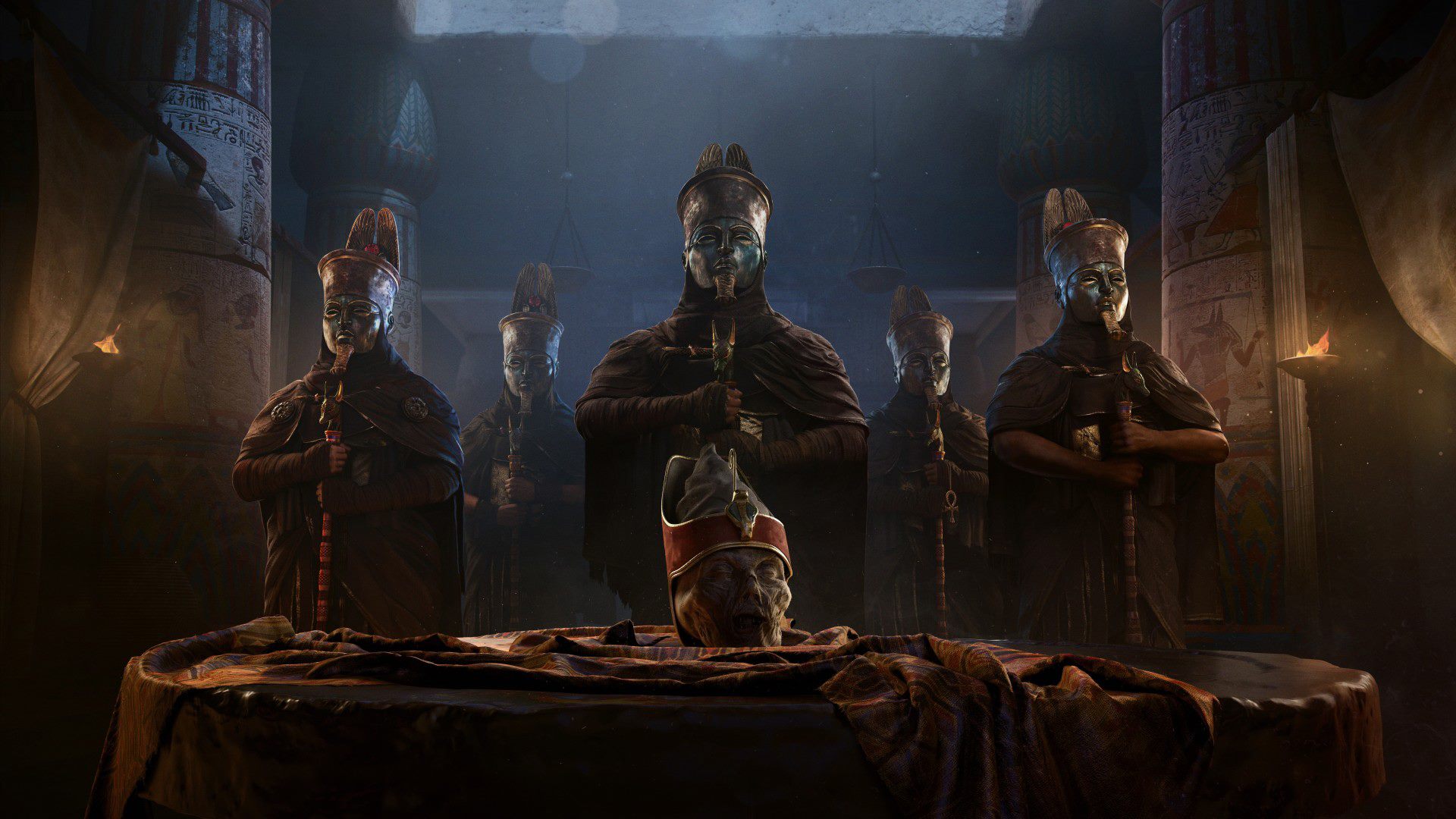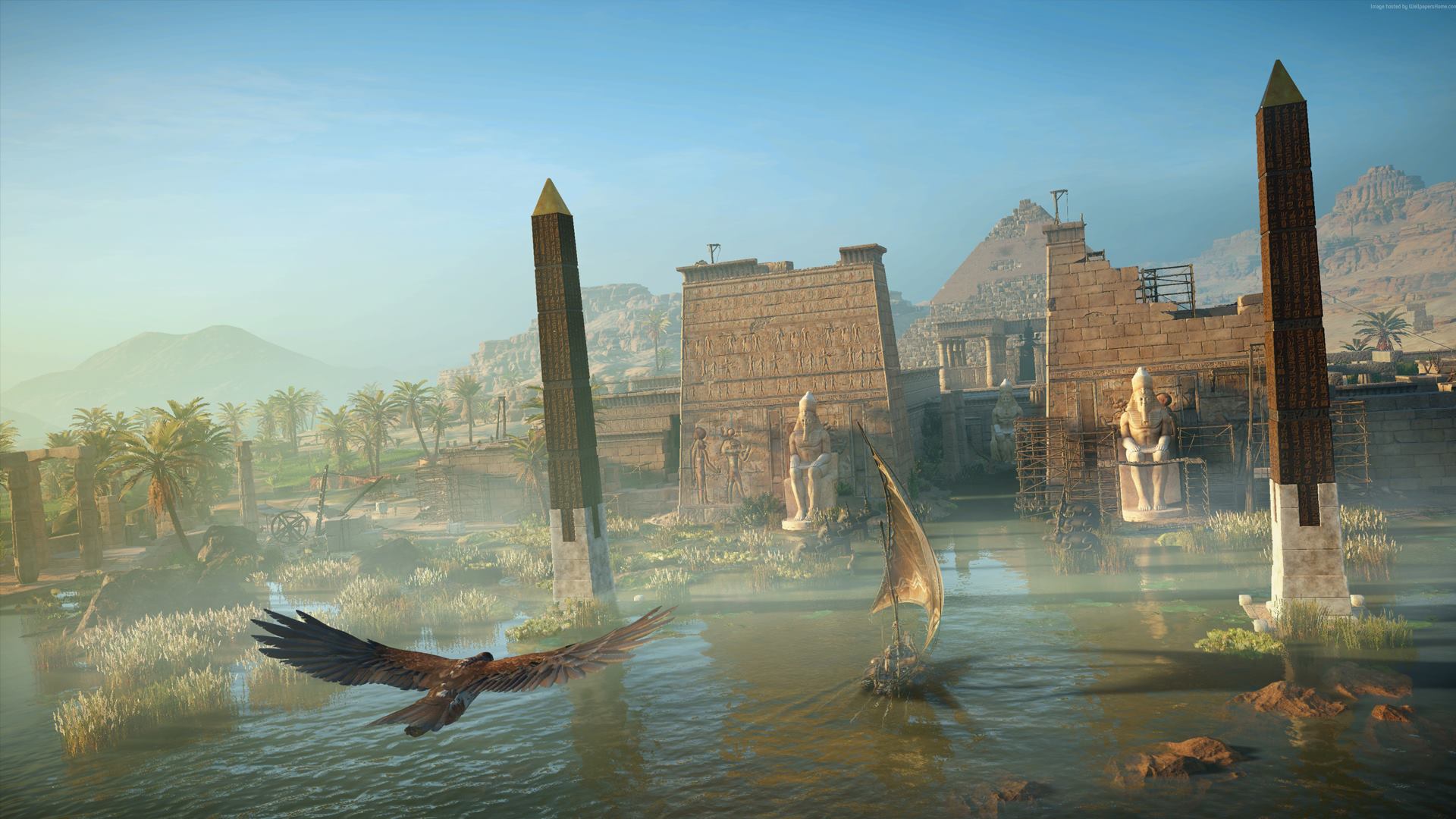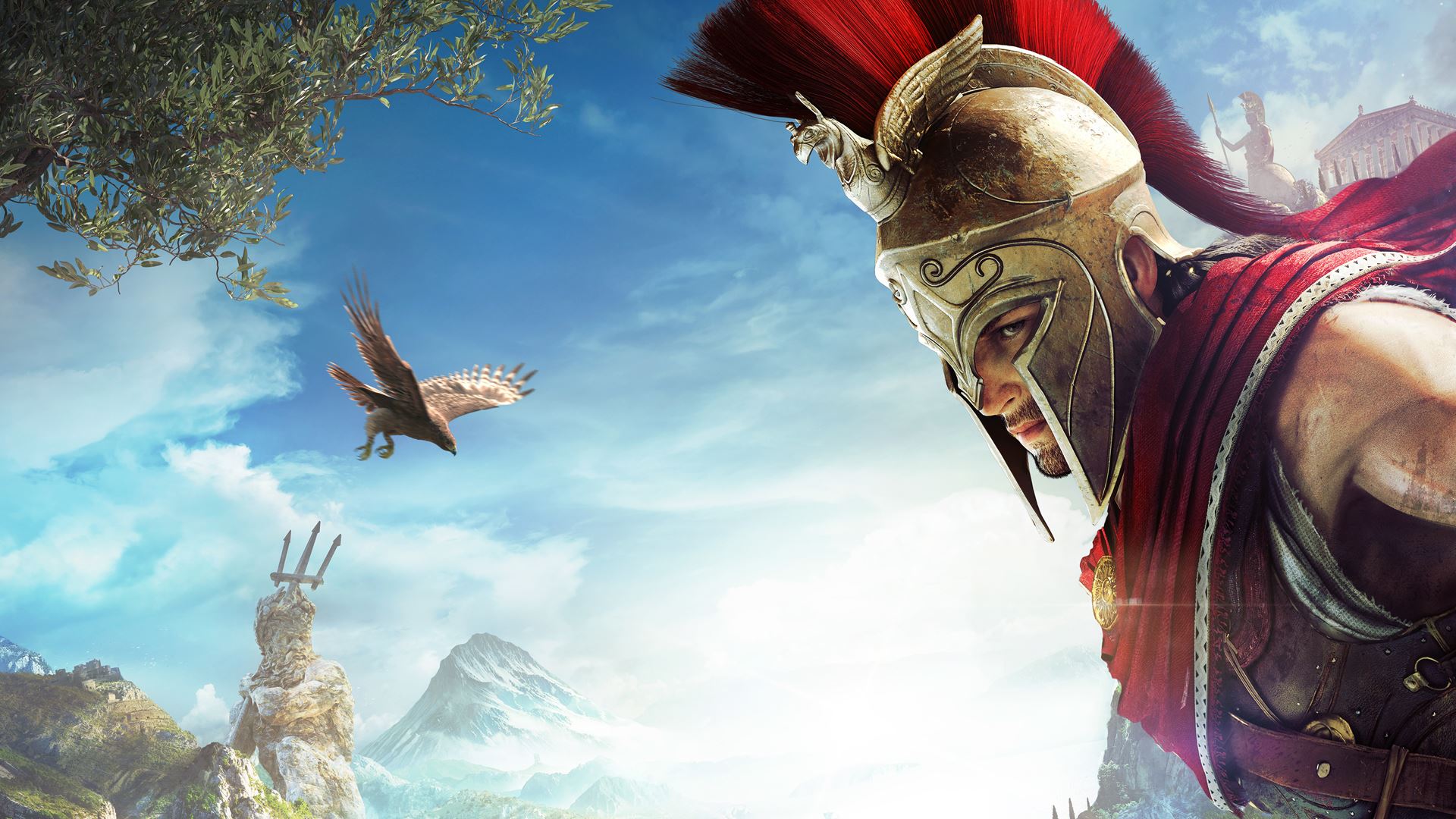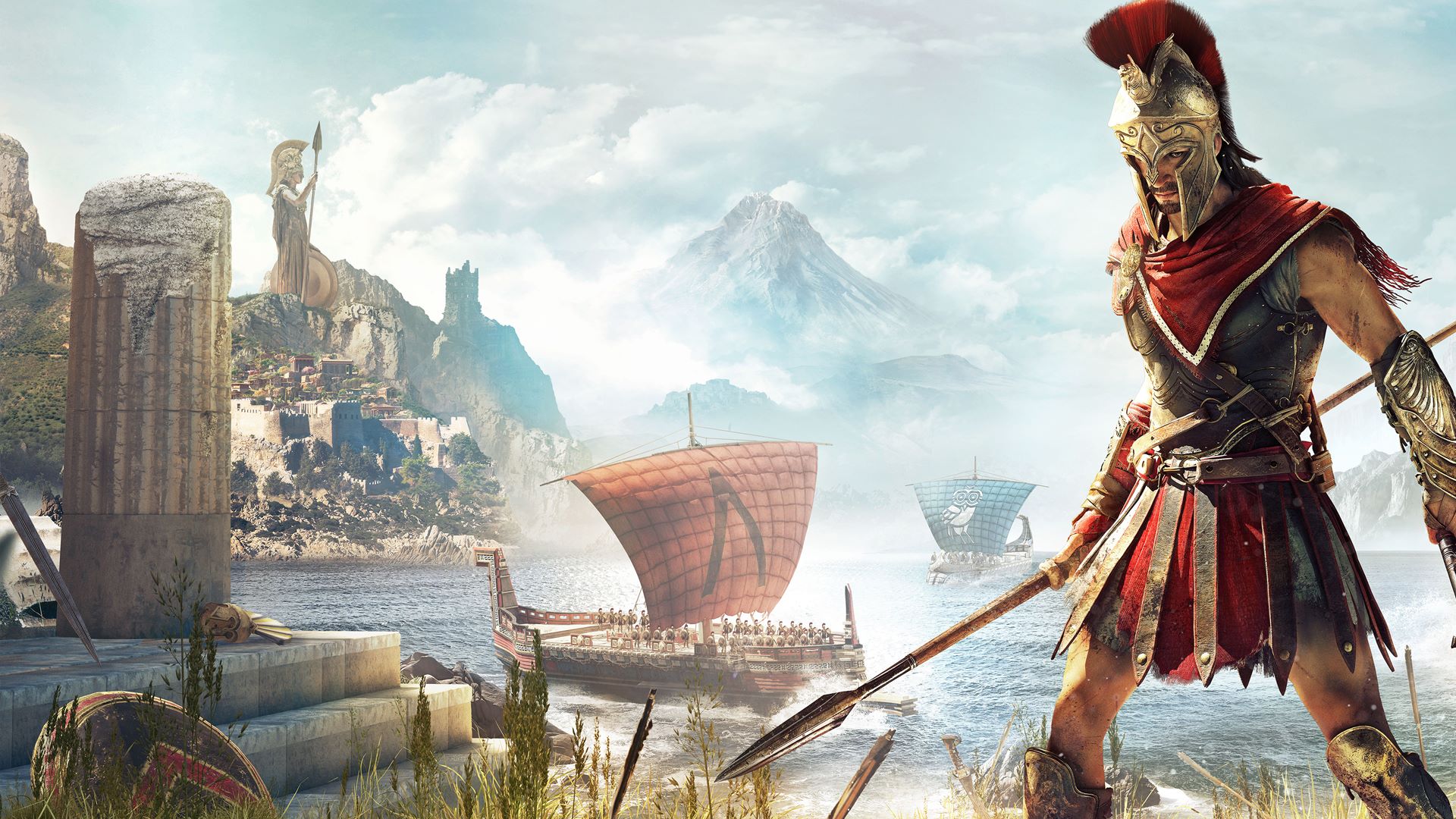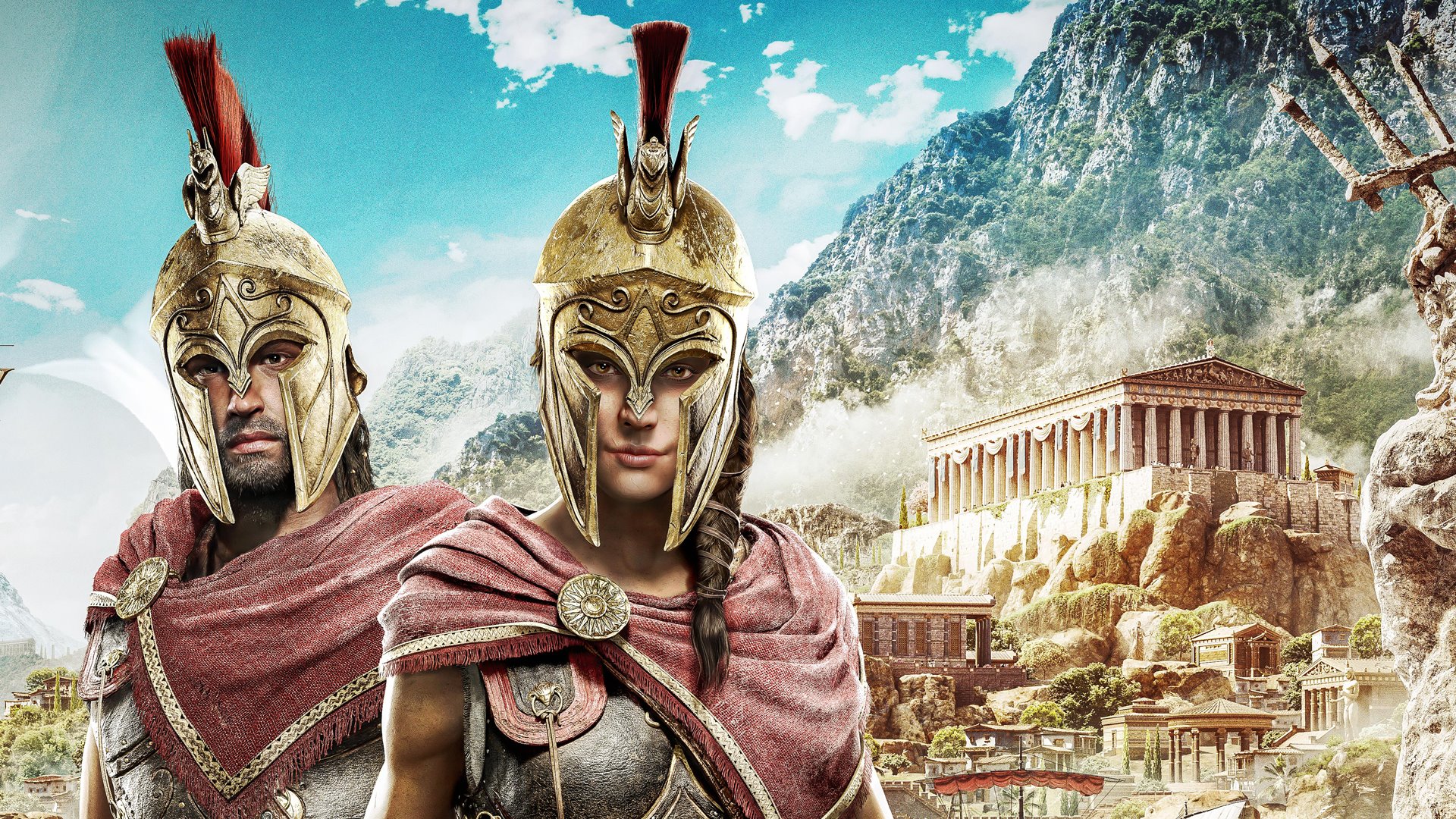(by S. Guraziu – Ars Poetica, G 2018 – Digital Art – Overview)
( …it is known that the French Art Salons were something like a forerunner of modern museums, such as the Louvre, the Prado, the Metropolitan, the British network of Tate museums, etc. Now, in our time, video games expose digital art globally. Digital artists showcase their work and talent to audiences around the world. (Technically) different, but maybe also “the same”… as artists used to do year after year at the classic Paris Salon, back then when museums were still in the “diapers” of organizations… )
***
As a name, “video game”, or “video-game” is almost the same as so called “porte-manteau” term, created by “gluing” 2 words, 2 terms. The cold technical langue doesn’t tell us anything more “more” about what a video game is (since it’s really just a game, with fast-moving images as visualization – thus video, nothing more). In itself, a video game can be a huge, extremely complex project, involving entire teams of artists to complete. A video game can have an “astronomical” budget, just like any modern Hollywood “blockbuster” movie. Nowadays, any movie can be filmed as a movie, and at the same time being developed as a video game.
In the case of “AC – Origins” and “AC – Odyssey”, technically it means few “more” games on the market – nothing extraordinary. Games are released perhaps every day, there are probably thousands of them. Any of them can be a new episode, a continuation of an earlier “adventure”, a new edition, a new version, can offer joy, pleasure, to those who like video games… etc.
And further, commercially, it means that the games can be sold in millions of copies, they can reach any corner of the world, even surpass the titles of novels, written by famous writers. Perhaps today, a video game is more “read” than a book bestseller. This means that hundreds of millions of dollars, and even billions, can be generated. In terms of sales, perhaps a video game today can be “compared” with any grandiose Hollywood project.
It doesn’t even matter, there’s no need to mention such details. Perhaps worth mentioning: global audience, exposure radius, “extensivity” of the audience reach, access, penetration, accessibility.
As for video games, Ubisoft is the world’s 3rd or 4th largest company, a French company that operates several development studios around the world (47 studios around the globe – 16,000 employees). Ubisoft teams needed 3 whole years to complete the project “Assassins Creed – Odyssey”. It is about hundreds of millions of investments.
Aabout the two games in question, the “events” are set in ancient Egypt and Greece, somewhere around the end of the Ptolemaic period (49-47 BCE) and deal with the secret-imaginary stories of the real ancient world. In “Odyssey” the event is elaborated in ancient Greece – but we know that with the conquests of Alexander the Great, it was the Greeks who ruled Egypt.
Okay, very “cool”, but on the other hand, who cares if the event was set in Egypt, in Antares or in Atlantis, cause everything about the topics is or could be “weaved”, many of the subjects are or could be imaginary elaborations. The task of a video game is not to deal with the truthful history, but with entertainment… if necessary even by “twisting” the history, to make it more sensational, more interesting.
***
However, considering the artistic dimension, perhaps video games today are also a kind of digital art exhibition. It is known that the French art salons were something like a forerunner of modern museums, such as the Louvre, the Prado, the Metropolitan, the British network of Tate museums, etc. Now, in our time, video games expose digital art globally. Digital artists showcase their work and talent to youth audiences around the world. (Technically) different, but maybe “the same”… just the same as artists used to do year after year at the classic Paris Salon, back when museums were still in the “diapers” of organizations.
Starting from c. 1667 until the beginning of the 20-th century, artistic production in France was controlled by “academies”, which organized official exhibitions called “Salon”. In the Western world, for about 150 years, from about 1750 to c. 1900, the Salon was perhaps the world’s largest annual event, or grandest artistic event.
For any video game, or any film project, the coming to life is made possible by the hierarchically organized structures of thousands of digital artists. Video games and movies with a budget of hundreds of millions are produced by the structural organizations of dozens / hundreds of studios. That’s why, any such product, among other things, is probably also a kind of “exposure” (of artists). After all, the audiences are massive, spread globally, and the artistic language (of the artists), in one way or another, “unfolds” and somehow reaches the world, captures the “antennae” of the audiences.
Today the artistic quality of video games is amazing, so many paintings and portraits of characters come to life through the digital medium (just as they did with the classical mediums, for centuries). A video game means hundreds of concepts from different artists crammed into one place. As a “compact” product, the video game represents the ultimate collection of segmentary artistic concepts.
And as a “collection” of art, the video game can also provide an insight into the creative philosophy, as well as show us the development behind the “scenes” (of the product in question). As it happens, the same applies to the “backstages” of any exhibition, of any artist or group of artists, in a gallery or museum. So, in the end we have all the images as final interpretation of the concepts and all the final paintings “stitched” together in one place.
It is interesting to see such qualitive art in today’s video games, there is no way to “mis” the portraits (the characters), the imagined worlds of Egypt, of ancient Greece, graphics of such quality simply catch your eye. Perhaps the classical portraits of Kings (ie. of France) were not done more beautifully.
So, I wanted to “touch” little bit on the fact that such games (for example “Origins”, “Odyssey” and others) maybe are not just video games, maybe such games are also a collection of digital art, an “exhibition” of digital art! We can ask the question very easily – what is there “more” in the paintings of the great artists of French academicism (say of Bouguereau, or of the famous “Orientalist” Gerome – compared to a digital painting of today)?
Perhaps the quality of today’s “digital paintings” is “the same”, compared to the paintings of the chief orientalist Gerome, and to the paintings of all the classics. Finally, now that I’ve said it myself, I don’t see it at all as an “inflated” saying, but as a real one. After all, at the end Artists need to be “exposed”, not only Delacroix and Gerome, but the same hundreds of classical artists, all of them “had” to parade in the salons of Paris to exhibit their works.
Becouse such was the time, today there are no sensational “Salons” to inform the Art world, in terms of artistic trends and development, but today the same (and at the same time “differently”) video games, and expensive Hollywood projects, “touch” the audiences of the world, quietly. And to say that we don’t even have the “idea” would be too much, but as if we can’t “conceive” the change of the world : )
***
“Assassins Creed – Origins” and “AC – Odyssey” are adventure video games developed by Ubisoft (Montreal, Canada), “Origins” was released worldwide in 2017. According to Ubisoft, “Odyssey” will be released in October 2018. Art Directors : Raphael Lacoste, Hugo Deschamps / Conceptualization : Martin Deschambault, Eve Berthelette / Modeling : Nicolas Gaffiero, Marcus Leal, Stephane Barbin, Luc Veillette, Benjamin Basso-Bert.

